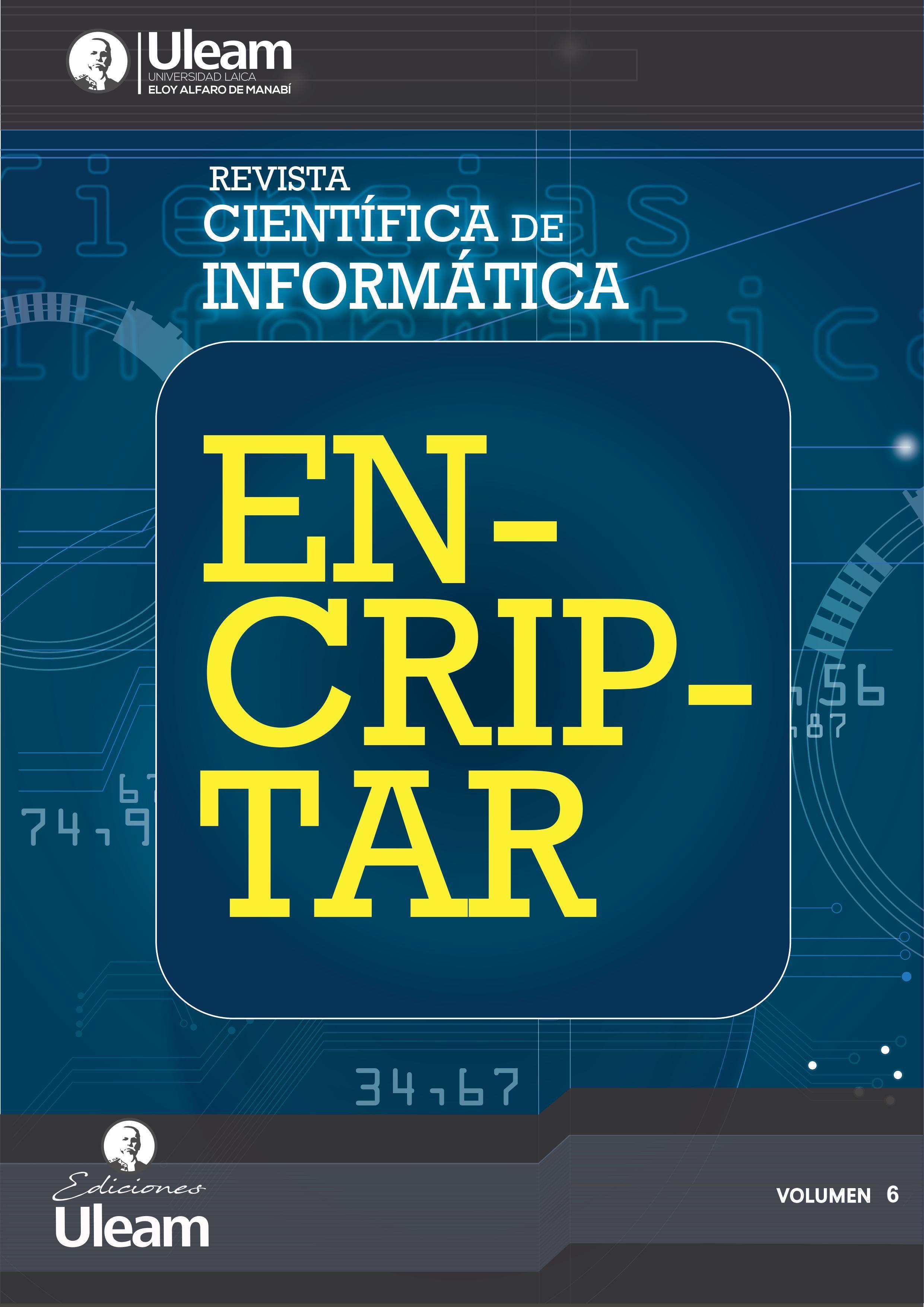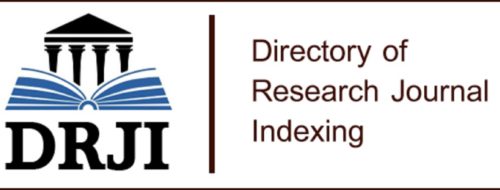Electricity Demand Forecasting Model with Artificial Neural Networks for the City of Salta
DOI:
https://doi.org/10.56124/encriptar.v6i12.001Keywords:
Artificial Neural Network, Electric Load Curve, Hourly PredictionAbstract
Demand forecasts for electricity demand are extremely important for energy providers and other participants in the generation, transmission, distribution, and electricity markets. These forecasts are essential for the operation and planning of the electrical system, as they allow providers to optimize their operations and make informed decisions about future investments in generation and transmission infrastructure. Additionally, these forecasts also enable providers to anticipate potential imbalances between energy supply and demand, helping them avoid blackouts and maintain the stability of the electrical system. This article presents models based on Artificial Neural Networks (ANNs) to enable assertive prediction of hourly electricity demand over the course of a year. Given the high seasonality of electricity demand in general, the methodology proposes the development of a model for each month of the year. This study is carried out using data collected from different sources for the Salta Capital region in the province of Salta, Argentina. Based on the results obtained, we can say that the proposed methodology improves the mean squared error by 3% compared to previous works. These results are of particular importance for energy providers and other participants in electricity markets as they provide them with a more precise and reliable tool for decision-making in the operation and planning of the electrical system.
Downloads
References
Al-Musaylh M. S., Deo R. C., Adamowski J. F., Li Y. (2018). Short-term electricity demand forecasting with MARS, SVR and ARIMA models using aggregated demand data in Queensland, Australia. Advanced Engineering Informatics, 35, 1-16.
Aribowo W., Muslim S., Basuki I. (2020). Generalized regression neural network for long-term electricity load forecasting. In 2020 International conference on smart technology and applications (ICoSTA) (pp. 1-5).
Barman M., Choudhury N. B. D. (2020). A similarity based hybrid GWO-SVM method of power system load forecasting for regional special event days in anomalous load situations in Assam, India. Sustainable Cities and Society, 61, 102311.
Ciulla G., D'Amico A. (2019). Building energy performance forecasting: A multiple linear regression approach. Applied Energy, 253, 113500.
Compañía Administradora del Mercado Mayorista Eléctrico (CAMMESA). Informe Mensual: Principales Variables.
Dhaval B., Deshpande A. (2020). Short-term load forecasting with using multiple linear regression. International Journal of Electrical and Computer Engineering, 10(4), 3911-3917, 2020.
Divina F., Garcia Torres M., Gomez Vela F. A., Vazquez Noguera, J. L. (2019). A comparative study of time series forecasting methods for short term electric energy consumption prediction in smart buildings. Energies, 12(10), 1934, 2019.
El-Hendawi M., Wang Z. (2020). An ensemble method of full wavelet packet transform and neural network for short term electrical load forecasting. Electric Power Systems Research, 182, 106265.
Elsaraiti M., Ali G., Musbah H., Merabet A., Little T. (2021). Time series analysis of electricity consumption forecasting using ARIMA model. In 2021 IEEE Green technologies conference (GreenTech) (pp. 259-262). IEEE.
Fan G. F., Yu M., Dong S. Q., Yeh Y. H., Hong W. C. (2021). Forecasting short-term electricity load using hybrid support vector regression with grey catastrophe and random forest modeling. Utilities Policy, 73, 101294, 2021.
Fan G. F., Li Y., Zhang X. Y., Yeh Y. H., Hong W. C. (2023). Short‐term load forecasting based on a generalized regression neural network optimized by an improved sparrow search algorithm using the empirical wavelet decomposition method. Energy Science & Engineering, 11(7), 2444-2468.
Gasparin A., Lukovic S., Alippi C. (2022). Deep learning for time series forecasting: The electric load case. CAAI Transactions on Intelligence Technology, 7(1), 1-25.
Gul M. J., Urfa G. M., Paul A., Moon J., Rho S., Hwang E. (2021). Mid-term electricity load prediction using CNN and Bi-LSTM. The Journal of Supercomputing, 77, 10942-10958.
Lai C. S., Yang Y., Pan K., Zhang J., Yuan H., Ng W. W., Lai L. L.(2020). Multi-view neural network ensemble for short and mid-term load forecasting. IEEE Transactions on Power Systems, 36(4), 2992-3003.
Lee Y. W., Tay K. G., Choy Y.Y. (2018). Forecasting electricity consumption using time series model. International Journal of Engineering & Technology, 7(4.30), 218-223.Al-Shobaki, S., & Mohsen, M. (2008). Modeling and forecasting of electrical power demands for capacity planning. Energy Conversion and Management, 49(11), 3367–3375.
Mahia F., Dey A. R., Masud M. A., Mahmud, M. S. (2019). Forecasting electricity consumption using ARIMA model. In 2019 International Conference on Sustainable Technologies for Industry 4.0 (STI) (pp. 1-6). IEEE.
Nepal B., Yamaha M., Yokoe A., Yamaji T. (2020). Electricity load forecasting using clustering and ARIMA model for energy management in buildings. Japan Architectural Review, 3(1), 62-76.
Oreshkin B. N., Dudek G., Pełka P., Turkina E. (2021). N-BEATS neural network for mid-term electricity load forecasting. Applied Energy, 293, 116918.
Ozturk S., Ozturk F. (2018). Forecasting energy consumption of Turkey by Arima model. Journal of Asian Scientific Research, 8(2), 52.
Peng L. L., Fan G. F., Yu M., Chang Y. C., Hong W. C. (2021). Electric load forecasting based on wavelet transform and random forest. Advanced Theory and Simulations, 4(12), 2100334.
Shao M., Wang X., Bu Z., Chen X., Wang Y. (2020). Prediction of energy consumption in hotel buildings via support vector machines. Sustainable Cities and Society, 57, 102128.
Sharma A., Jain S. K. (2023). A Novel Two-Stage Framework for Mid-Term Electric Load Forecasting. IEEE Transactions on Industrial Informatics.
Shine P., Scully T., Upton J., Murphy M. D. (2018). Multiple linear regression modelling of on-farm direct water and electricity consumption on pasture based dairy farms. Computers and electronics in agriculture, 148, 337-346.
Shirzadi N., Nizami A., Khazen M., Nik-Bakht M. (2021). Medium-term regional electricity load forecasting through machine learning and deep learning. Designs, 5(2), 27.
Son N., Yang S., Na J. (2020). Deep neural network and long short-term memory for electric power load forecasting. Applied Sciences, 10(18), 6489.
Sun Y., Ding S., Zhang Z., Jia W. (2021). An improved grid search algorithm to optimize SVR for prediction. Soft Computing, 25, 5633-5644.
Wang Y., Guo P., Ma N., Liu G. (2022). Robust wavelet transform neural-network-based short-term load forecasting for power distribution networks. Sustainability, 15(1), 296.
Zanjani S. M., Shahinzadeh H., Moradi J., Fayaz-dastgerdi M. H., Yaïci W., Benbouzid M. (2022). Short-term Load Forecasting using the Combined Method of Wavelet Transform and Neural Networks Tuned by the Gray Wolf Optimization Algorithm. In 2022 Global Energy Conference (GEC) (pp. 294-299).
Published
How to Cite
Issue
Section
License
Copyright (c) 2024 Scientific Journal of Informatics ENCRYPT - ISSN: 2737-6389.

This work is licensed under a Creative Commons Attribution-NonCommercial-ShareAlike 4.0 International License.















